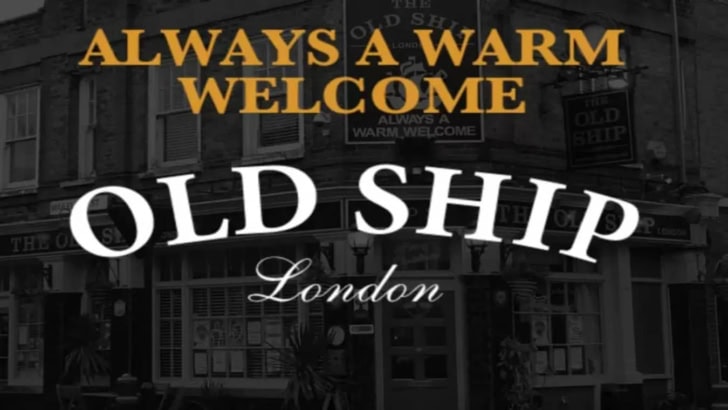Xav Judd pops into Stockholm’s ABBA Museum and reports on the music industry’s other all-time greatest musical foursome*…
Forget about the blubbering fans who can’t handle JLS’s split; in the early 1980s, the whole world almost shifted on its axis when ABBA stopped performing together.
Why? Well, it wasn’t because the Swedish super-group’s outfits were cheesier than a truckload of Camembert or their ‘I-unwittingly-slipped-headfirst-underneath-a-lawnmower’ hairstyles. No, it was due to the fact that they had oodles of charisma and made beautifully-crafted, immaculate pop songs.
The band’s story has been documented almost as much as some passages from the Bible. Benny Andersson, Agnetha Fältskog, ‘Frida’ Lyngstad and Björn Ulvaeus were already stars in Sweden before they got together as a combo in the early ‘70s.
Eventually, they paired up as romantic couples (both would wed), and won 1974’s Brighton-held Eurovision song contest with ‘Waterloo’, which catapulted them to worldwide fame. Over the next nine years, ABBA had more hits than Muhammad Ali received in his entire career – they ranked second only to carmaker Volvo as their country’s biggest money-making export. Yet, just as their marriages slowly disintegrated, by 1982, so did the group.
However, the ‘Fab Four’ saw several mini-revivals in their popularity aided by a raft of tribute acts, releases of monumental records like ‘Gold: Greatest Hits’, and the musical then film, ‘Mamma Mia’. Now their contribution to Swedish culture has finally been recognised with a museum in their native land.
As I go through the gallery, I get a unique impression of the eponymous ensemble’s career in chronological order from before they teamed-up until their aforementioned split.
It’s a comprehensive showcase including: an audio guide with the individual members telling their story; hundreds of items of rare memorabilia such as photographs, original handwritten lyrics, records, gold discs and costumes, and other inspired installations like a red telephone in the ‘Ring, Ring’ area – if you pick it up, you might even get to talk to one of the group as they are the only people with the number.
I meet Björn Ulvaeus, who has been the key member of the band involved in setting up this exhibition. “We wanted ABBA just to be some of the rooms in the whole house, as it were, of Swedish popular music – the museum was never entirely meant to be just about us,” he says.
Thus, there is also a Hall of Fame in the gallery, which charts his Nordic nation’s well-known songs from the 1920s up to Roxette, The Cardigans and Max Martin, etc. And if you want more, you can even go on an ABBA Walk that retraces important moments of the group’s life in Stockholm!
* Not B*Witched
ABBA have sold over 370 million records
They had nine No.1 UK singles
‘Dancing Queen’ was their only US No.1
In 1974 they won Eurovision, with 24 points!
Three members were born in Sweden, but Frida hails from Norway
They recorded a number of their hits in Spanish
They still sell over 3 million records annually
They never officially broke up
‘The Winner Takes It All’ is about Björn and Agnetha’s divorce
Stig Anderson was their manager
Abba is also the name of a well-known fish-canning company in Sweden
‘Gold: Greatest Hits’ is the third most successful album in UK chart history.
Agnetha was stalked by a former lover
In 2010, they were inducted into the Rock and Roll Hall of Fame.
Other names considered by the group were Alibaba, FABB, and Baba.
Tribute bands include Björn Again and Abbaesque
Cliff Richard, Madness, Sinéad O’Connor and Go West are among those who have done ABBA covers.
Benny owns Stockholm’s Rival Hotel
ABBA: The Museum www.abbathemuseum.com



















